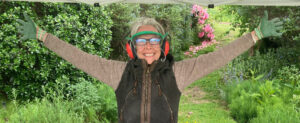
Introduction
Sculpture, ahh, sculpture. Poetry in form and light. I was introduced to bronze and sculpture together in 1980. Coming from a 2-D background where I was employed as a scrimshander (engraving on mammoth ivory), I was initially attracted to sculpture as a way of stretching artistically and bronze as a method of preserving the hundreds of hours I have a tendency of dumping into my work.
The journey that began back then has become the core of my experience. It has led to the founding and operation of North West Artworks, an art casting foundry in Sultan, Washington, that I helped establish with my father and brother. Casting for others has introduced me to many different styles and how bronze relates to them. In my own work, bronze’s nature and soul play an important roll in the statement I want to express. My intention for this article is to not only illustrate the process of lost wax casting, but also that bronze is more than just a material to reproduce sculpture.
Characteristic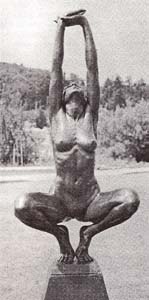
Bronze is 50% to 93 % copper. There are many kinds of bronze and brass alloys, the differences lying in what’s been added to the copper to change undesirable characteristics such as low fluidity, gassing and weak castings. Common additions include tin, zinc, lead and silicon.
Most art casting is done in a silicon bronze, a lead-free alloy. Evedur and Hurlaloy are the two types of silicon bronze available. The main difference is the amount of zinc present. Each foundry has its own preference (Evedur being ours), but the desired characteristics are basically the same: fluidity, attention to detail, reparability and finish.
Bronze is bearing metal, which means it is soft and slippery or resistant to surface friction. This gives the metal a unique tactile quality. It is very malleable and can endure pounding and bending (cold work) without tearing.
Bronze is permanent (our insurance company claims it has a life of. 100,000 years at the bottom of the ocean). Bronze is musical (325 Ib. ingot resonates when dropped).
There are many ways of finishing bronze using chemical patinas. Some can accent the form and texture of a piece; others can give a depth of color rivaled only by stone. A faux granite, marble, and sandstone can be achieved with patinas.
Bronze is a structural material making it possible for expanded delicate forms (fingers, etc.) and a great versatility in scale. These and other characteristics make bronze an ideal sculptural medium.
History
Bronze has been linked into the evolution of civilization since its development 5,000 years ago. In the Near East, it was discovered that the addition of tin to copper created an alloy that was extraordinarily versatile in the production of tools, weapons, housewares and art. The lack of tin in the Near East created an expanding trade network that eventually encompassed Europe and the Far East.
The technique of lost wax casting is almost as old as bronze and has remained relatively unchanged until the 1960′ s, when high-tech, high-temperature ceramic investment was introduced by the aerospace industry for use in precision castings. This, coupled with the development of silicon and urethane rubber used in the molds, made high detailed casting more achievable. But even with the modern advancements, art castings remain a hands-on, labor intensive, highly skilled craft.
Process
There are two styles of lost wax casting. The difference is in the type of investment in which the wax is encased: traditional plaster investtnent and ceramic shell. Since we use the ceramic shell, the outline below addresses that method:
1. The original artwork is sculpted by an artist in wax, clay. plaster, wood, or stone.
2. From the original artwork (or from a found object), a reusable master mold is made. This master mold consists of a flexible inner mold and a rigid exterior mold or mother mold. The rigid mother mold is designed to hold the flexible inner mold in place and retain its shape. A single master mold can take from three days to several weeks to complete. The flexible inner mold is usually made from polyurethane or silicone rubber and the rigid outer mold from fiberglass or plaster.
3. From the master mold a wax pattern is made using a slush technique (i. e., pouring molten wax into the mold, allowing it to cool slightly and then pouring out the excess wax). This process is repeated several times to achieve the proper thickness (1/8″ to 3/16″). Wax patterns for small pieces are usually cast solid. After the wax pattern is removed from the mold, it is chased (correcting imperfections in the wax form) and dissected into pieces to aid in the casting process. This can take a week or more to complete.
4. Wax sprues, gates and risers are added to the wax pattern. They direct the way in which the wax evacuates or leaves the invested pattern and metal enters or fills the ceramic shell, and are crucial in controlling shrinkage of the sculpture as the metal cools.
5. After the wax pattern has been sprued, it is then chemically cleaned and invested (invested means creating a secondary waste mold around the wax). The waste mold consists of a “dip and stucco” technique using a silica slurry with stuccoed layers of imported sand. The result is a fireproof ceramic shell surrounding the pattern and the sprues, gates and risers. One layer of slurry is applied each day for at least eight days.
6. Burnout involves removing the wax pattern from the ceramic shell investment by using heat and pressure. The wax is evacuated when the cerantic shell is flash fired (plunged into an 1800 degree F furnace for 1-112 hours). Hence, the term, “‘Lost Wax” .
7. Inspection of the evacuated shell takes place after it has cooled. The shell is vacuumed to remove carbon ash and patched if any cracks were created during burnout.
8. The pour involves melting the bronze in a silicon carbide crucible or cup. The molten bronze is then poured at 1950 to 2150 degrees F into the shells, which have been preheated to approximately 500 degrees F (preheating the shells reduces the chance of flashing and metal shrinkage).
9 The finish work involves:
(a) Knockout, or removal of investtnent;
(b) Degating, or removal of the sprues and gates;
(c) Welding and refabrication of the sculpture;
(d) Chasing the sculpture or fixing any casting flaws;
(e) Cleaning or sandblasting the sculpture;
(I) Patina work or aging, coloring and sealing the metal;
(g) Mounting the sculpture or making the base and fastening the sculpture to it.
Smaller sculptures can be cast in one piece, whereas larger or complex sculptures must be cast in many sections and refabricated. “Temple,” an 80% life sculpture (pictured), was cast in seven pieces.
Turn around time is usually four to eight weeks (without mold work), depending on the scope of the project and the work load of the shop.
Costs are hard to generalize, but a 9″ solid standing figures runs around $120, whereas a life-sized fignre is in the range of $4,000 to $6,000 without mold work. Costs can be cut dramatically with the artists participating in the labor.
Summary
Bronze offers an artist an expanded arena to express hislber vision. I am conducting a continuing series of workshops (see the paid advertisement in this newsletter) to introduce the fundamentals of reproducing sculpture. The artist can enter at any phase of the workshops to gain experience in a particular area of interest. The workshops are intensive, but give the artist a practical fundamental base on which to build.
Questions
If you have any questions concerning the current workshops or future workshops you would like to see, please contact me directly at: PO Box 777, Sultan, WA 98294; (360) 793-0783. If you need information about having your pieces cast, please contact: Todd Pettelle, clo NW Artworks, PO Box 658, Sultan, WA 98294; (360) 793-2412.
Conclusion
I would like to thank Bill Laprade and Sculpture Northwest for giving me the opportunity to contribute my perspective on this wonderful, though often misunderstood, medium. 1’d also like to express the privilege I feel to be a part of this exceptional organization. Welcome back, Bill.


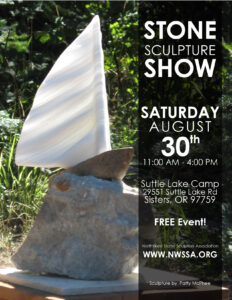
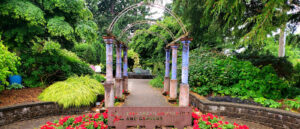
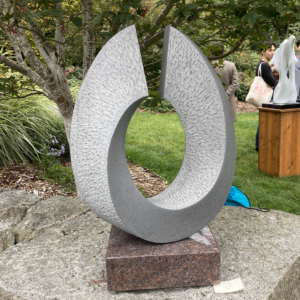
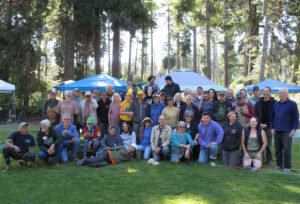
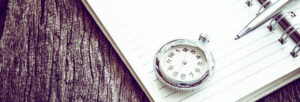


We need some kind of descriptive text here.